Mastitis in sheep is one of the most common diseases and can turn into dangerous conditions. The disease in severe conditions may cause the death of affected ewes, reduced milk production, premature culling, and death of lamb kids.
Importance of Mastitis in Sheep
Mastitis is the inflammation of the udder, mammary glands, and associated tissues of the udder of sheep. The disease is caused by infection, physical injury, and stress that facilitates the invasion of organisms in the udder and mammary glands. Mastitis in sheep may be observed shortly after lambing and up to the pre-weaning period. The udder becomes hot, painful, inflamed, redness, and in severe cases necrosis and systemic infections.
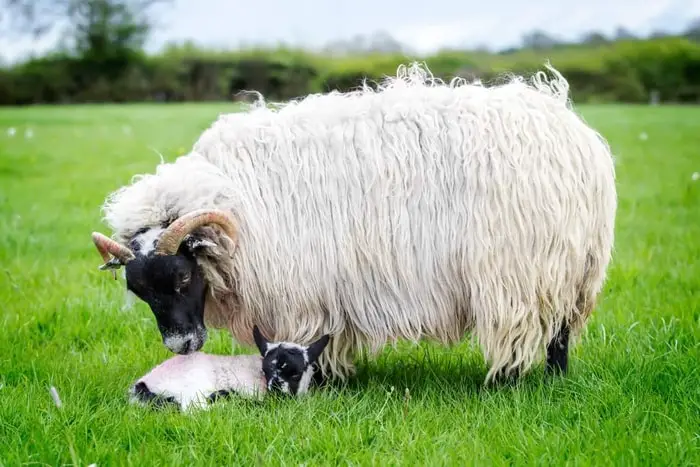
Causes of Mastitis in Sheep
There are mainly two forms of mastitis in ewes like clinical mastitis, sub-clinical mastitis, acute mastitis, and chronic mastitis. The disease is caused by several organisms ranging from bacteria, viruses, fungus, and protozoa. The major organisms involved in mastitis are:
- Pasteurella multocida.
- Streptococcus aureus.
- Staphylococcus spp.
- E Coli.
- Clostridium perfringens.
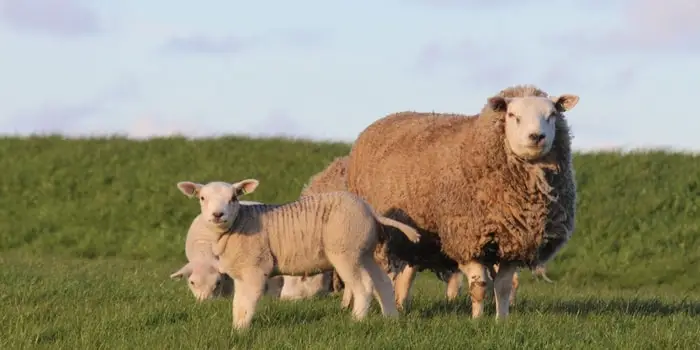
Risk Factors of Mastitis in Ewes
The risk factors involved in sheep mastitis or udder infection are as follows:
- Poor nutrition.
- Poor Hygiene.
- Stress due to transportation and overcrowding.
- Wound in udder before or after parturition.
- Rainy or winter season.
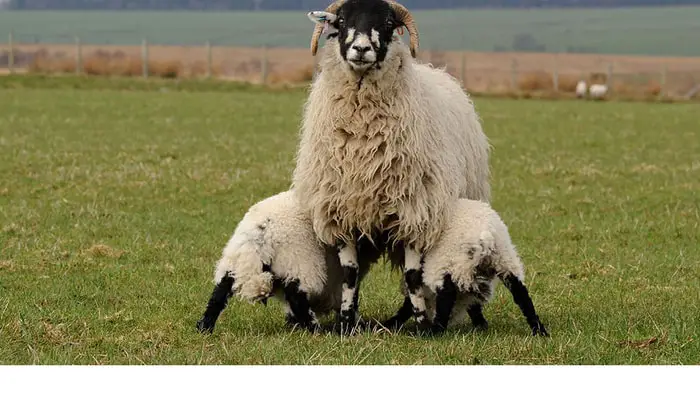
Clinical Signs of Mastitis in Sheep
The most common clinical signs of mastitis in ewes are as follows:
- Physical changes in the udder of ewes.
- Swelling of the udder.
- The udder is hard and painful to touch.
- In severe cases, the blood supply in the udder is interrupted and the udder becomes bluish in color called ‘blue bag’.
- There is a presence of fever.
- Off feed.
- Depression.
- Painful hindlegs, keep one leg up from the ground.
- Refuse to feed or nurse their kids.
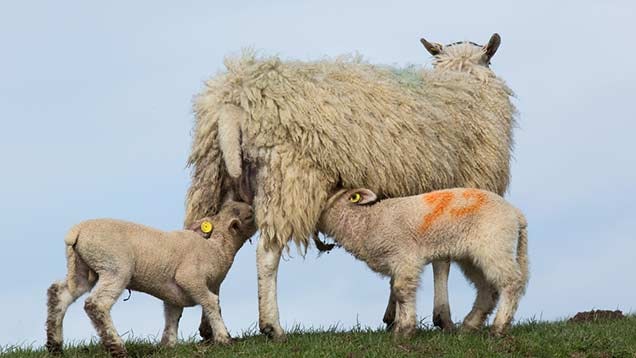
The subclinical mastitis can be expressed by:
- The ewes look healthy but the udder is hard to touch.
- The swelling and hardness of the udder are called a ‘hard bag’.
- The condition most of the time goes unnoticed and becomes more serious.
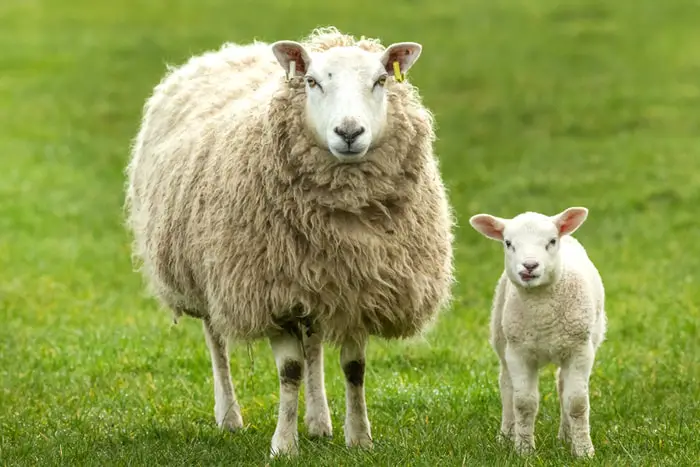
Diagnosis of Mastitis in Ewes
The condition can be diagnosed by the following means:
- History of exposure of diseases animals and stress.
- Presence of specific clinical signs.
- Somatic cell count of milk of affected ewes.
- Strip cup test of milk.
- California Mastitis Test (CMT) of milk of affected ewes.
- Isolation and Identification of causative bacteria from udder or milk sample.
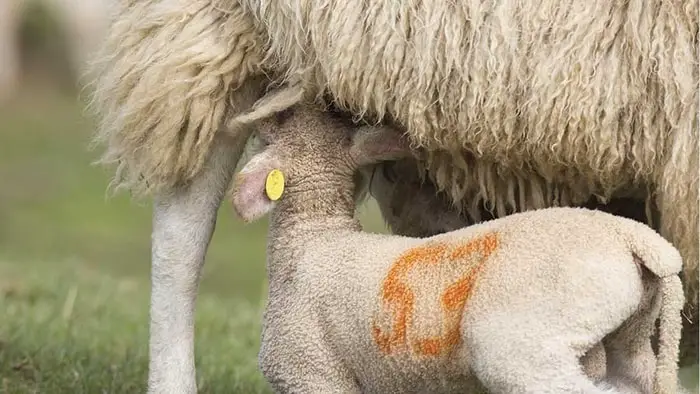
Treatment Mastitis in Sheep
The treatment strategies of mastitis in ewes are:
- Administration of broad-spectrum antibiotics parenterally.
- Antihistamines.
- Non-steroidal anti-inflammatory drugs.
- Supply good feed with vitamins and minerals supplements.
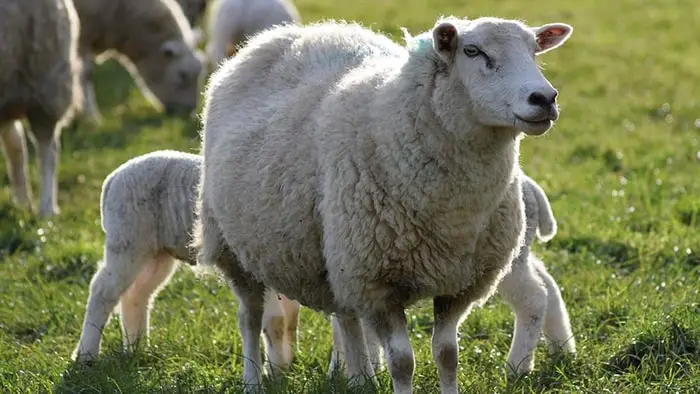
Prevention of Mastitis in Ewes
The following measures you can take to prevent the incidence of mastitis in your flock:
- Separation of affected ewes from the healthy flock.
- Inspection ewes before and after parturition.
- The ewes with hard lumps in the udder should be culled.
- The management and hygiene of the house should be good.
- The beddings, pens, and water troughs should be cleaned daily and kept dry.
- The animals should not be overcrowded.
- The drainage system and waste disposal should be good.
- Respiratory disease should be controlled properly because most of the mastitis organism comes from P multocida.
- Reduce stress due to transportation and weaning.
- Keep clean the milking area and lamb kids’ house.
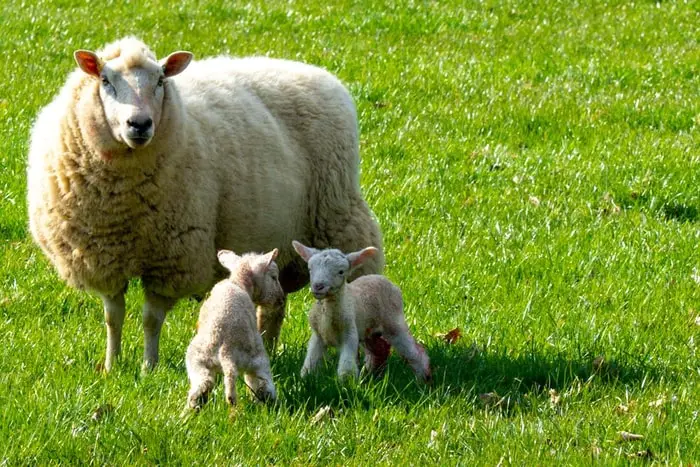
Concluding Remarks on Mastitis in Sheep
Mastitis in sheep is a common disease after parturition. The disease causes severe loss of the farm due to the mortality of ewes and lamb kids. The disease also causes severe production loss, increase cost due to treatment, and premature culling of ewes. The disease can be prevented by taking adequate measures early. I think this article will help you a lot.